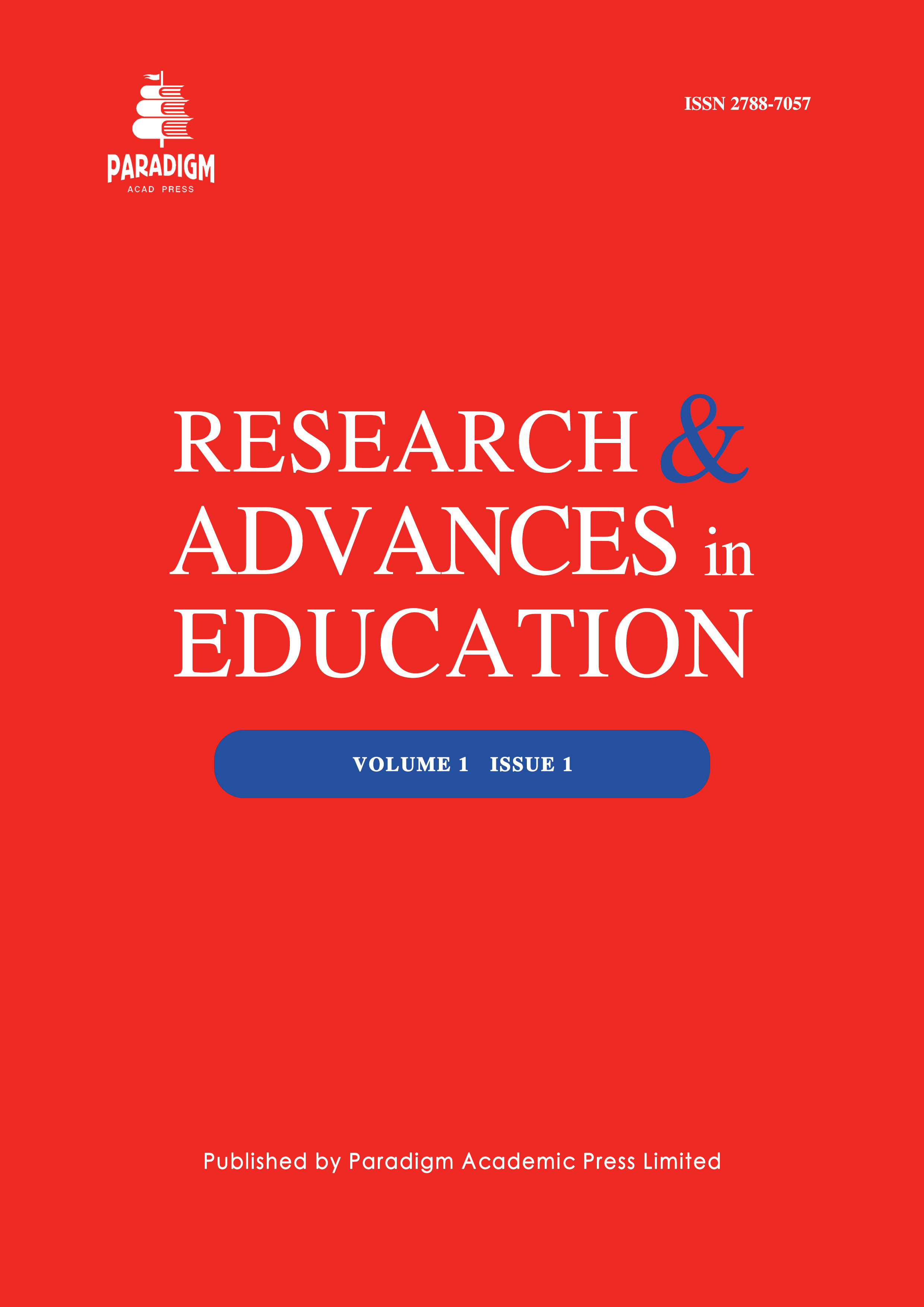How does Content and Language Integrated Learning (CLIL) Influence University Students’ English Acquisition? A Systematic Literature Review
Keywords:
content and language integrated learning, university students, English acquisition, systematic review, motivationAbstract
This study aims to provide a comprehensive and detailed view of how Content and Language Intergraded Learning (CLIL) impact university students’ English learning outcomes in non-English as native-speaking countries. The study attempts to use a systematic literature review method to look through various peer review journal articles about the implementation of CLIL and its influence on learners’ English acquisition in higher education from three perspectives: general English proficiency, productive and receptive language skills outcomes, and students’ attitude. Findings show that English ability has developed after CLIL—based lessons while the difference between the CLIL group and non-CLIL group is not significant, and different linguistic skills unevenly developed. Meanwhile, students gain motivation and interest to learn English in CLIL, while some claim they feel challenged in learning English by the new teaching approach. Based on these findings, the study offers recommendations and teaching strategies implications for introducing CLIL in universities, especially in China’s tertiary educational settings.


